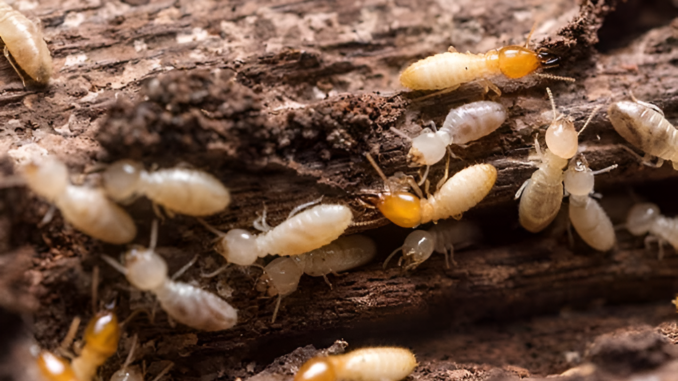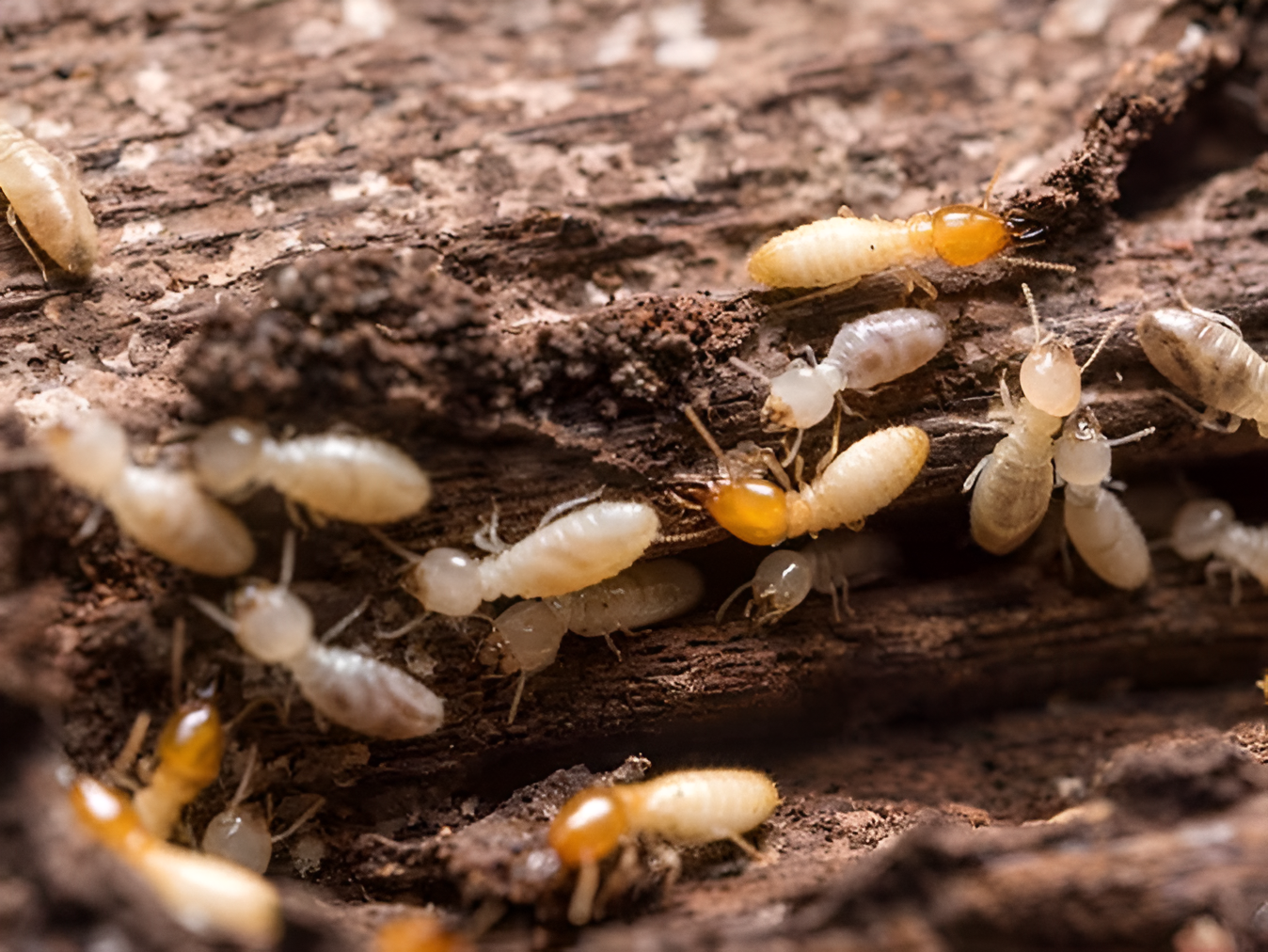
Silent Destroyers: The Danger of Termites in Zimbabwe
Tired of dangers of termites in Zimbabwe? Call 0772593344 for affordable and reliable termite control in Zimbabwe
Termites, those often overlooked insects, can pose a significant threat to homes and infrastructure in Zimbabwe. While often considered a nuisance, their destructive potential can lead to substantial financial loss and safety concerns. Understanding the dangers they pose and the best ways to combat them is crucial for protecting your property and ensuring peace of mind.
Beyond the Nuisance: The True Threat of Termites
The most common species of termites found in Zimbabwe are subterranean termites and drywood termites. Both species are known for their ability to cause extensive damage to wooden structures, including:
Structural Damage: Termites feast on the cellulose in wood, weakening beams, joists, and flooring. This can lead to sagging floors, collapsing ceilings, and even the complete failure of a building.
Electrical Hazards: Termites can burrow into electrical wiring, creating a fire hazard. This risk is exacerbated by their ability to create moist conditions that attract other insects, increasing the chances of a short circuit.
Health Concerns: While not directly harmful, termites can attract other pests like cockroaches and ants, which can carry diseases. Additionally, their droppings can trigger allergic reactions in some individuals.
Understanding the Termite Life Cycle: A Key to Prevention
Termites are social insects that live in colonies, with each member playing a specific role. Their life cycle consists of four stages:
1. Eggs: The queen lays thousands of eggs, which hatch into larvae.
2.Larvae: Larvae molt several times before becoming nymphs.
3. Nymphs: Nymphs develop into workers, soldiers, or alates (winged reproductive forms).
4. Alates: Alates swarm to establish new colonies, eventually shedding their wings and becoming kings and queens.
This intricate life cycle makes controlling termites a complex task, as eliminating the entire colony is essential.
Identifying Signs of Termite Infestation: Early Detection is Key
Early detection of a termite infestation can save you significant costs and structural damage. Look out for these telltale signs:
Mud Tubes: Termites construct mud tubes along walls and foundations to travel between their nest and food source.
Frass: Termite droppings, resembling sawdust, can be found near their nesting sites.
Swarming: During mating season, winged termites swarm, often appearing in large numbers.
Hollow Sounds: Tapping on wooden structures may reveal a hollow sound if termites have eaten through the wood.
Damaged Wood: Visible damage to wood, including holes, tunnels, and crumbling surfaces, indicates a severe infestation.
Preventing Termite Infestations: Proactive Measures
While eliminating existing infestations requires professional help, taking preventative measures can significantly reduce the risk of future infestations. These include:
Maintaining Moisture Control: Termites thrive in damp environments. Repair leaky pipes, ensure proper drainage, and remove any moisture sources around your home.
Eliminating Food Sources: Keep firewood stacks away from the house and store any lumber indoors.
Regular Inspections: Schedule annual termite inspections, especially in high-risk areas.
Creating Physical Barriers: Use treated wood or other materials to create barriers between the soil and your home’s foundation.
Chemical Treatment: Chemical treatments, applied by a professional pest control company, can eliminate existing colonies and prevent future infestations.
Choosing the Right Termite Control Strategy: Professional Expertise is Crucial
Controlling termite infestations is a complex task that requires professional expertise. Choosing the right control strategy depends on various factors, including the type of termite, the extent of the infestation, and the specific needs of your property.
A licensed and experienced pest control professional will conduct a thorough inspection, identify the source of the infestation, and recommend the most effective treatment. This may include:
Baiting: Bait stations containing a slow-acting poison are placed strategically to attract termites and allow them to carry the poison back to their colony.
Liquid Termiticide: This is applied as a barrier around the foundation of your home to prevent termites from entering.
Fumigation: This involves sealing the structure and releasing a gas to kill all termites, including the queen.
Conclusion: Protect Your Home and Your Investment
Termites can be a silent and destructive threat to homes in Zimbabwe. By understanding dangers of termites in Zimbabwe, learning how to identify infestations, and taking preventative termite control measures, you can minimize the risk of damage and protect your valuable investment. Remember, seeking professional help from licensed pest control professionals is crucial for effectively managing and eliminating termite infestations.

Telephone No.0772593344
